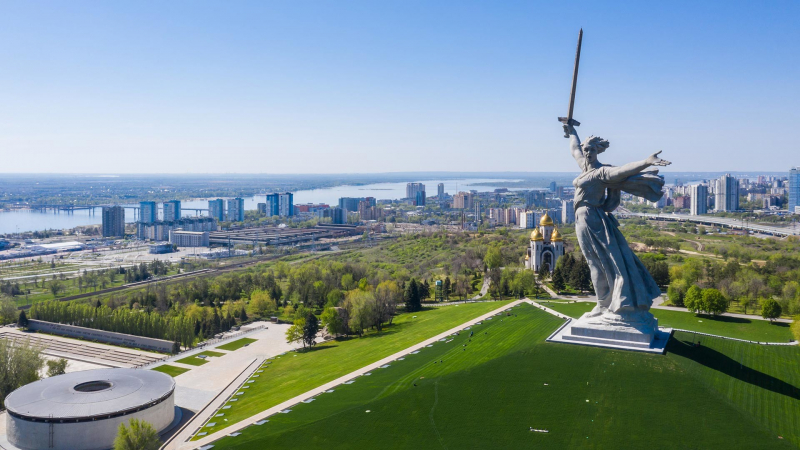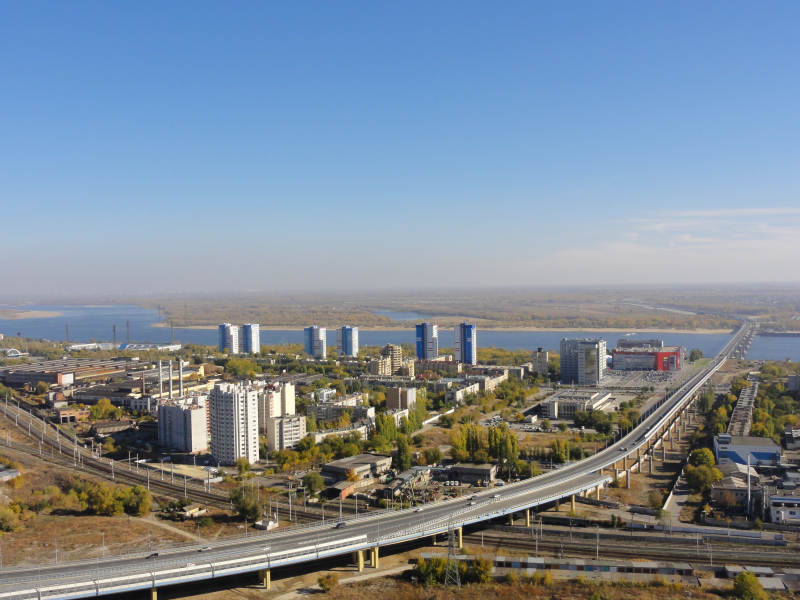Volgograd
The capital and largest city of Russia's Volgograd Oblast is Volgograd. With an area of 859.4 square kilometers (331.8 square miles) and a population of more than 1 million, the city is located on the western bank of the Volga. The second-largest city in the Southern Federal District and the fourth-largest city on the Volga, Volgograd is the fifteenth-largest city in Russia.
In 1589, the town was established as the Tsaritsyn stronghold. Tsaritsyn's population significantly increased as a result of its development into a significant river port and economic hub in the eighteenth century.
In honor of Joseph Stalin, the city was renamed Stalingrad on April 10, 1925. The Battle of Stalingrad, one of the biggest and bloodiest conflicts in military history, occurred when the Axis forces stormed the city during World War II. The city was renamed Volgograd by Nikita Khrushchev's leadership on November 10, 1961. The city became the Volgograd Oblast's administrative hub after the collapse of the Soviet Union.
Volgograd, locally known as the "Hero City," is home to The Motherland Calls, the highest statue in Europe and the tallest statue of a woman in the world. It is an 85-meter-high monument honoring the heroes of the Battle of Stalingrad. Numerous tourist attractions, including museums, sandy beaches, and a self-propelled floating church, can be found in the city. One of the 2018 FIFA World Cup host cities was Volgograd.
Population - 2021: 1,004,763

















